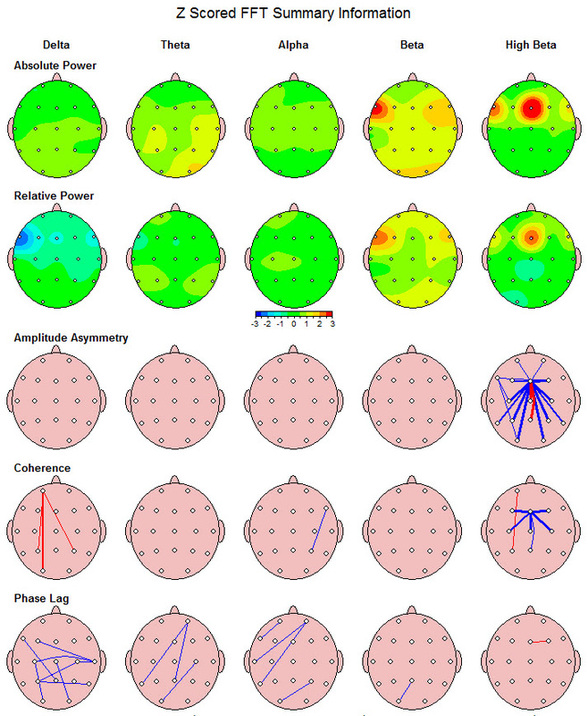Unveiling the Connection Among quantitative EEG and Sleep Disorder Trends for Enhanced Assessment and Therapy
Unveiling the Connection Among quantitative EEG and Sleep Disorder Trends for Enhanced Assessment and Therapy
Blog Article
Sleep hypopnea is a common slumber condition that affects many individuals throughout the globe. It happens when a person's breathing is disrupted during slumber, resulting to poor slumber standards and various health concerns. One of the ways researchers and physicians are endeavoring to better comprehend and identify sleep apnea is through a technique called quantitative electroencephalography, or qEEG. This approach assesses the electrical activity of the cerebrum and can offer important insights into how sleep apnea affects cerebral function and general well-being.
qEEG entails positioning small electrodes on the head to capture cerebral waves. These brain waves are then examined to detect trends that may indicate sleep disorders, including sleep apnea. By examining these trends, medical professionals can gain a more precise understanding of how sleep apnea interrupts normal brain activity during sleep. This data can be essential for formulating effective treatment plans tailored to specific clients. Comprehending the relationship between qEEG and sleep apnea can lead to improved diagnostic methods and better results for those impacted by this disorder.
Studies has shown that individuals with sleep apnea often exhibit specific changes in their brain wave trends. For instance, during instances of apnea, the cerebrum may exhibit increased activity in certain areas while other areas become more engaged. These changes can influence how effectively a individual sleeps and how rested they feel upon waking. By using qEEG to monitor these brain wave trends, physicians can recognize particular characteristics of sleep apnea in clients, which can assist in formulating a more accurate diagnosis. This is especially important because sleep apnea can sometimes be mistaken for other sleep disorders, leading to inappropriate treatments.
In addition to enhancing identification, qEEG can also play a role in evaluating the efficacy of therapies for sleep apnea. For example, after a client starts employing a constant beneficial airway force (CPAP) device, which assists maintain the passage clear during slumber, qEEG can be utilized to evaluate alterations in cerebral function. If the cerebrum exhibits enhanced trends of slumber after initiating treatment, it may suggest that the treatment is functioning effectively. This feedback can assist doctors make necessary adjustments to treatment plans, ensuring that patients receive the best treatment feasible.
In summary, the relationship between qEEG and sleep apnea trends is an promising area of study that offers promise for look at this website enhancing diagnosis and treatment. By understanding how sleep apnea affects brain activity, medical professionals can formulate more efficient approaches to help patients achieve better slumber and improve their overall health. As research progresses to advance, it is likely that qEEG will become an essential tool in the fight against sleep apnea, resulting to superior results for those who experience from this challenging condition.